Thinking about how to save money on a vegan diet in 2025? You’re not alone! Many people believe that a plant-based diet is expensive, but the truth is that it can be incredibly affordable if you know how to shop and plan wisely. In fact, studies show that a vegan diet can save you up to $750 a year compared to a meat-based diet!
Whether you’re a seasoned vegan or just starting your plant-based journey, this guide will show you how to eat well without breaking the bank. We’ve got you covered, from affordable vegan meal planning to budget-friendly vegan grocery lists. Let’s dive into 13 actionable tips for going vegan on a budget in 2024!
Not sure what affordable cooking appliances and must-have tools you need to make vegan cooking faster, easier, and more delicious. Check out my blog to discover the best plant-based cooking equipment for quick meals in 2025!
Why Going Vegan Doesn’t Have to Be Expensive in 2025
Many people assume that a vegan diet is expensive, but the truth is that it can be incredibly affordable if you know how to shop and plan wisely.
Debunking the Myth of Expensive Veganism
- The idea that veganism is costly often comes from focusing on expensive processed foods like vegan cheeses and meat substitutes.
- A whole-food, plant-based diet centred on grains, beans, and seasonal produce is far more affordable.
- Many vegan staples are cheaper than their animal-based counterparts.
How a Vegan Diet Can Save You Money
- By prioritizing affordable vegan meal planning, you can significantly reduce your grocery bill.
- Staples like rice, lentils, and frozen vegetables are cheap and highly nutritious.
- Avoiding overpriced processed foods and focusing on whole foods keeps costs low.
Affordable Vegan Staples vs. Expensive Meat and Dairy
- A pound of lentils costs about $1 and provides more protein than a pound of beef, or more.
- Plant-based milk is often cheaper than dairy milk, especially if you buy store brands or make your own.
- Seasonal produce is more affordable and fresher than out-of-season options.
Tip #1: You’re Probably Already Eating Vegan Foods
Did you know that many everyday foods are already vegan? From Oreos to pasta, you might already have a head start on your plant-based journey.
Accidentally Vegan Foods
- Oreos, many breads, and even some chips are vegan.
- Check labels to confirm; you’ll likely find more options than expected.
- Many condiments, like ketchup and mustard, are also vegan.
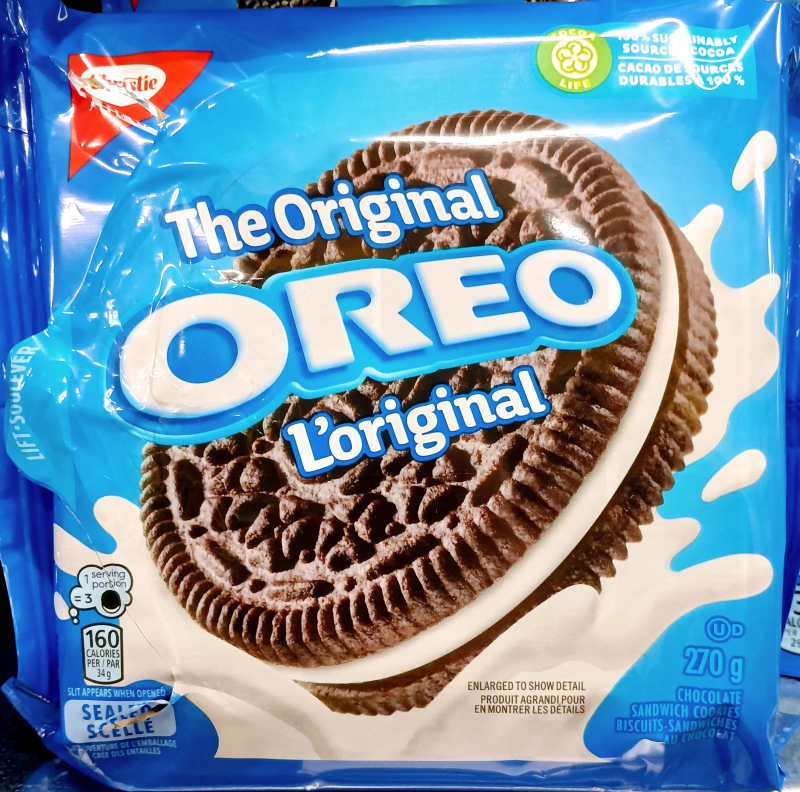
Pantry Staples You Already Own
- Items like rice, pasta, peanut butter, and spices are often vegan and budget-friendly.
- Take stock of what you already have before heading to the store.
- Use these staples as the foundation for your meals.
Budget-Friendly Vegan Snacks
- Stock up on affordable snacks like popcorn, nuts, and dried fruit.
- Fresh fruits like bananas and apples are cheap and nutritious.
- Homemade energy balls made from oats, peanut butter, and dates are a great option.
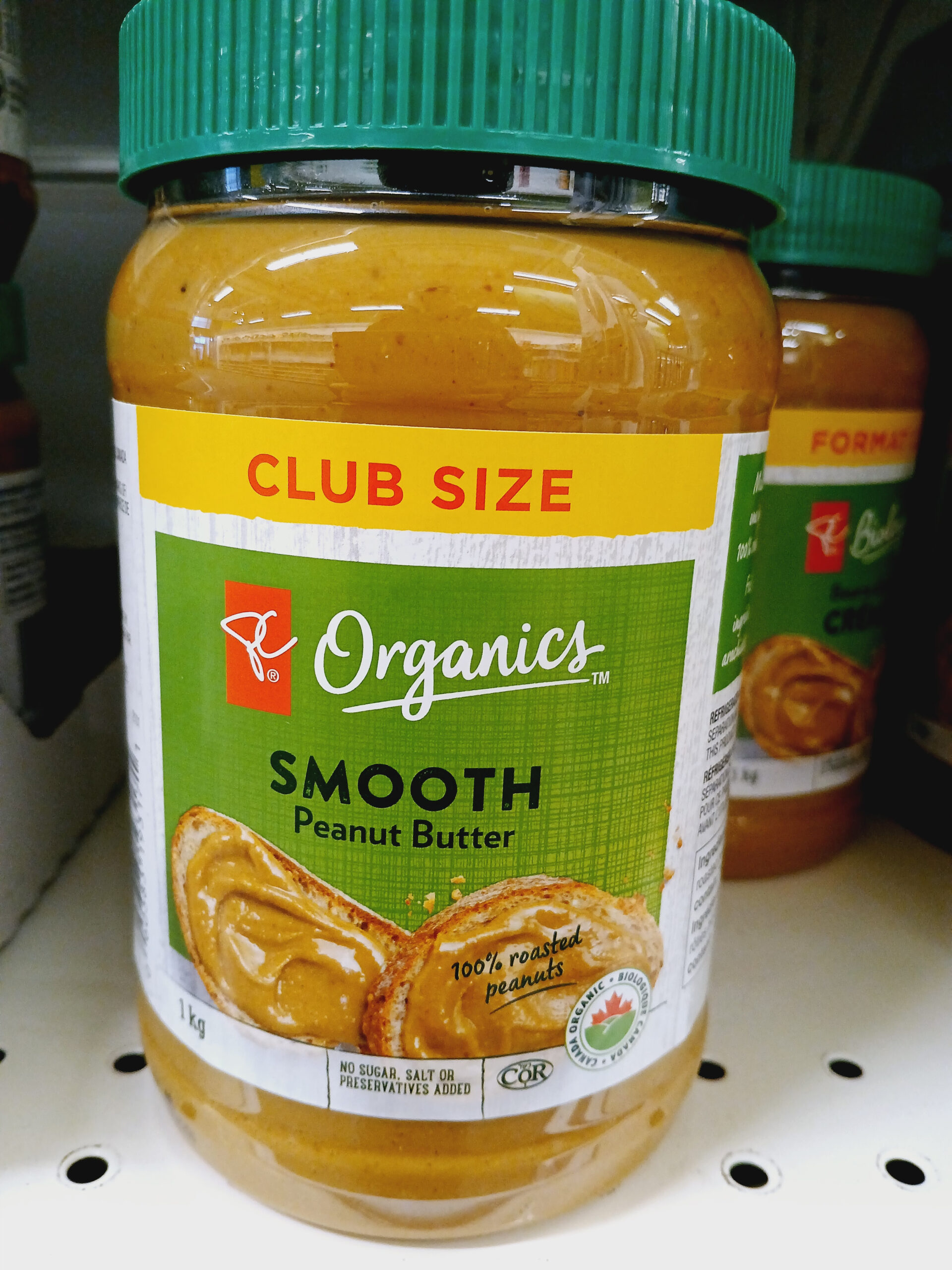
Tip #2: Transition Slowly to save money on a Vegan Diet
Going vegan doesn’t have to happen overnight. Taking it slow can make the transition easier and more sustainable.
Start Small with One Vegan Meal a Day
- Begin by replacing one meal daily with a vegan option, like oatmeal for breakfast or a bean burrito for lunch.
- Gradually increase the number of vegan meals as you get more comfortable.
- Focus on meals you already enjoy that happen to be vegan.
Experiment with Weekly Vegan Recipes
- Try one new vegan recipe each week to build confidence and discover what you enjoy.
- Look for recipes that use affordable ingredients like beans, rice, and seasonal produce.
- Keep a list of your favourite recipes for easy meal planning.
Try Meatless Mondays
- Dedicate one day a week to fully plant-based eating to ease into the transition.
- Use this day to explore new recipes and ingredients.
- Over time, you can add more meatless days to your routine.
Tip #3: How to save money on Plant-Based Milk in 2025
Plant-based milk doesn’t have to break the bank. With a bit of research, you can find options that fit your budget.
Compare Prices of Soy, Oat, and Almond Milk
- Soy and oat milk are often cheaper than almond or cashew milk.
- Look for store brands to save even more.
- Buy in bulk when possible to reduce costs.
Choose Fortified Plant-Based Milk
- Opt for milks fortified with calcium and vitamin B12 for added nutrition.
- Check labels to ensure the milk meets your dietary needs.
- Fortified milk is especially important for replacing dairy.

Make Your Own Nut or Oat Milk at Home
- DIY milk is a fraction of the cost and allows you to control the ingredients.
- All you need is a blender, nuts or oats, and water.
- Homemade milk can be customized to your taste preferences.
Tip #4: Meal Planning with Canned and Dried Beans
Beans are a vegan’s best friend—cheap, versatile, and packed with protein.
Canned Beans for Quick Meals
- Use canned beans for quick dishes like chilli, salads, and tacos.
- Rinse canned beans to reduce sodium content.
- Keep a variety of beans on hand for different recipes.
Dried Beans for Bulk Cooking
- Cook dried beans in bulk and freeze portions for later use.
- Dried beans are even cheaper than canned and have a longer shelf life.
- Soak beans overnight to reduce cooking time.
Budget-Friendly Bean Recipes
- Try recipes like lentil soup, chickpea curry, or black bean burgers.
- Beans can be used in everything from breakfast scrambles to desserts.
- Experiment with different spices and flavours to keep meals interesting.
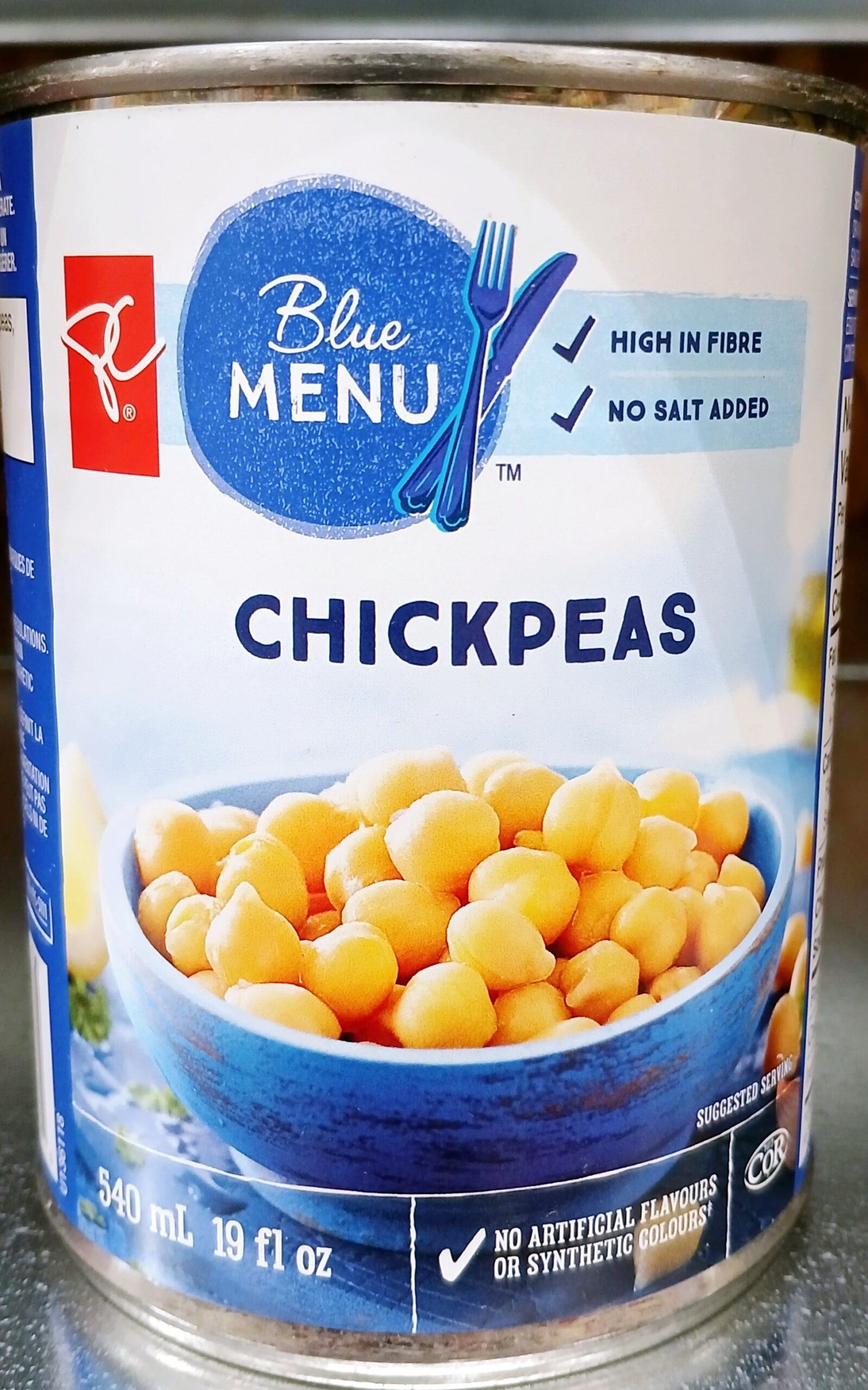
Tip #5: Stock Up on Essential Vegan Staples
A well-stocked kitchen makes low-cost plant-based meal prep a breeze.
Fridge Staples for Quick Meals
- Keep plant-based milk, tofu, and vegan cheese on hand.
- Fresh produce like carrots, celery, and leafy greens are versatile and affordable.
- Hummus and salsa are great for quick snacks or meal additions.
Pantry Staples for Versatile Cooking
- Stock rice, pasta, canned tomatoes, and spices.
- Whole grains like quinoa and barley add variety to your meals.
- Keep a variety of nuts and seeds for added protein and crunch.
Frozen Staples for Convenience
- Frozen fruits and vegetables are affordable and perfect for smoothies, stir-fries, and soups.
- Frozen berries are great for oatmeal or smoothies.
- Frozen spinach and peas can be added to almost any dish.
Tip #6: Shop Smart for Fruits and Vegetables
Produce doesn’t have to be expensive if you shop strategically.
Buy Seasonal Produce for Savings
- Seasonal fruits and vegetables are cheaper and fresher.
- Visit farmers’ markets for the best deals on seasonal produce.
- Plan meals around what’s in season to save money.
Use Frozen Fruits and Vegetables
- Frozen produce is just as nutritious and often more affordable.
- Use frozen fruits for smoothies and desserts.
- Add frozen vegetables to soups, stews, and stir-fries.

Find Discounts at Farmers’ Markets
- Visit farmers’ markets or grocery stores late in the day for discounted fresh produce.
- Look for “ugly” produce that’s perfectly good but sold at a discount.
- Buy in bulk and freeze or preserve excess produce.
Tip #7: Buy in Bulk and Cook in Batches
Bulk buying and batch cooking are key to eating vegan without breaking the bank.
Save Money with Bulk Buying
- Purchase grains, beans, and nuts in bulk to save money.
- Look for bulk bins at grocery stores or shop at wholesale clubs.
- Store bulk items in airtight containers to keep them fresh.
Batch Cooking for Busy Days
- Prepare large portions of meals like soups and stews, then freeze leftovers.
- Batch cooking saves time and ensures you always have a meal ready.
- Use meal prep containers to portion out meals for the week.
Meal Prep to Avoid Takeout
- Plan your meals for the week to avoid last-minute takeout.
- Prep ingredients like chopped vegetables and cooked grains in advance.
- Keep a list of quick, easy recipes for busy days.
Tip #8: Embrace Store Brands and Sales
Store brands and sales can make vegan shopping even more affordable.
Choose Store-Brand Plant-Based Products
- Store brands are often cheaper and just as good as name brands.
- Look for store-brand plant-based milk, tofu, and snacks.
- Compare prices to ensure you’re getting the best deal.
Use Flyers and Apps for Discounts
- Check flyers and apps for deals on vegan staples.
- Sign up for grocery store newsletters to receive exclusive discounts.
- Plan your shopping around sales to maximize savings.
Join Loyalty Programs for Extra Savings
- Sign up for grocery store loyalty programs to earn rewards.
- Use loyalty points to get discounts on future purchases.
- Take advantage of member-only sales and promotions.
Tip #9: Learn to Read Food Labels
Reading labels is essential for avoiding hidden animal products.
Identify Hidden Animal Ingredients
- Watch out for ingredients like casein, whey, and gelatin.
- Be aware of less obvious animal-derived additives.
- Use online resources to check if a product is vegan.
Look for Certified Vegan Labels
- Certified vegan labels make shopping easier.
- Look for logos from organizations like Vegan Society or Certified Vegan.
- These labels ensure the product meets strict vegan standards.
Scan Ingredient Lists for Non-Vegan Additives
- Always check ingredient lists for animal-derived additives.
- Be cautious of products that may contain hidden dairy or eggs.
- When in doubt, contact the manufacturer for clarification.
Tip #10: Supplement Wisely
Supplements can help you meet your nutritional needs on a vegan diet.
The Importance of Vitamin B12
- B12 is essential for vegans and can be found in fortified foods or supplements.
- Deficiency in B12 can lead to serious health issues.
- Include B12-fortified foods like plant-based milk and cereals in your diet.
Affordable Multivitamin Options
- Look for budget-friendly multivitamins to cover any nutrient gaps.
- Choose a multivitamin specifically designed for vegans.
- Check for essential nutrients like vitamin D, iron, and omega-3s.
Budget-Friendly Supplement Shopping
- Check stores like Costco or online retailers for affordable supplements.
- Buy in bulk to save money on supplements.
- Look for sales and discounts on vegan-friendly brands.
Tip #11: Avoid Overpriced Vegan Processed Foods
Not all vegan foods are healthy or budget-friendly.
Prioritize Whole Foods
- Focus on whole, unprocessed foods like fruits, vegetables, grains, and legumes.
- Whole foods are more nutritious and affordable than processed options.
- Use whole foods as the foundation of your meals.
Limit Vegan Junk Food
- Enjoy vegan treats like plant-based burgers and desserts in moderation.
- These foods can be expensive and less healthy than whole foods.
- Save them for special occasions or as occasional treats.
Read Labels for Added Sugars and Sodium
- Check labels for unhealthy additives in processed vegan foods.
- Look for low-sodium and low-sugar options.
- Choose products with minimal ingredients and no artificial additives.
Tip #12: Stay Motivated by Remembering Your “Why”
Staying motivated is key to sticking with a vegan lifestyle.
Health Benefits of a Vegan Diet
- Focus on how a vegan diet can improve your energy, digestion, and overall health.
- Many people experience weight loss and improved cholesterol levels on a vegan diet.
- A plant-based diet can reduce the risk of chronic diseases like heart disease and diabetes.
Environmental Impact of Plant-Based Eating
- Remind yourself of the positive impact on the planet.
- A vegan diet reduces greenhouse gas emissions and conserves water.
- Plant-based eating is more sustainable than animal agriculture.
Ethical Reasons for Going Vegan
- Stay connected to your compassion for animals.
- A vegan diet reduces animal suffering and promotes animal welfare.
- Many people find ethical reasons to be the most motivating factor.
Tip #13: Eating Out Without Breaking the Bank
Eating out as a vegan doesn’t have to be expensive.
Use Apps Like HappyCow to Find Vegan Restaurants
- HappyCow is an excellent resource for finding affordable, vegan-friendly restaurants.
- The app provides reviews, menus, and directions to vegan eateries.
- Use it to discover new restaurants in your area or while travelling.
Modify Menu Items at Non-Vegan Restaurants
- Ask for vegan modifications, like swapping cheese for avocado.
- Look for dishes that can be easily made vegan, like salads or pasta.
- Don’t be afraid to ask questions about ingredients and preparation.
Look for Daily Specials and Discounts
- Take advantage of daily specials and discounts to save money.
- Many restaurants offer vegan options on their daily specials menu.
- Use coupons or loyalty programs to get discounts on vegan meals.
Conclusion
Going vegan on a budget is easier than you think! By following these 13 tips, you can enjoy a healthy, plant-based lifestyle without overspending. Start small, plan ahead, and remember to celebrate your progress along the way.
Start Your Budget-Friendly Vegan Journey Today
Ready to take the next step? Begin with one tip today and see how easy it is to eat vegan on a budget.
Share Your Tips and Join the Community
Sign up and join the Chuswell plant-based community today. Let’s make easy and affordable recipes with ingredients you recognize! Question to ponder? Share your favourite budget-friendly vegan tips in the comments below. Let’s build a community of savvy, plant-based eaters together!
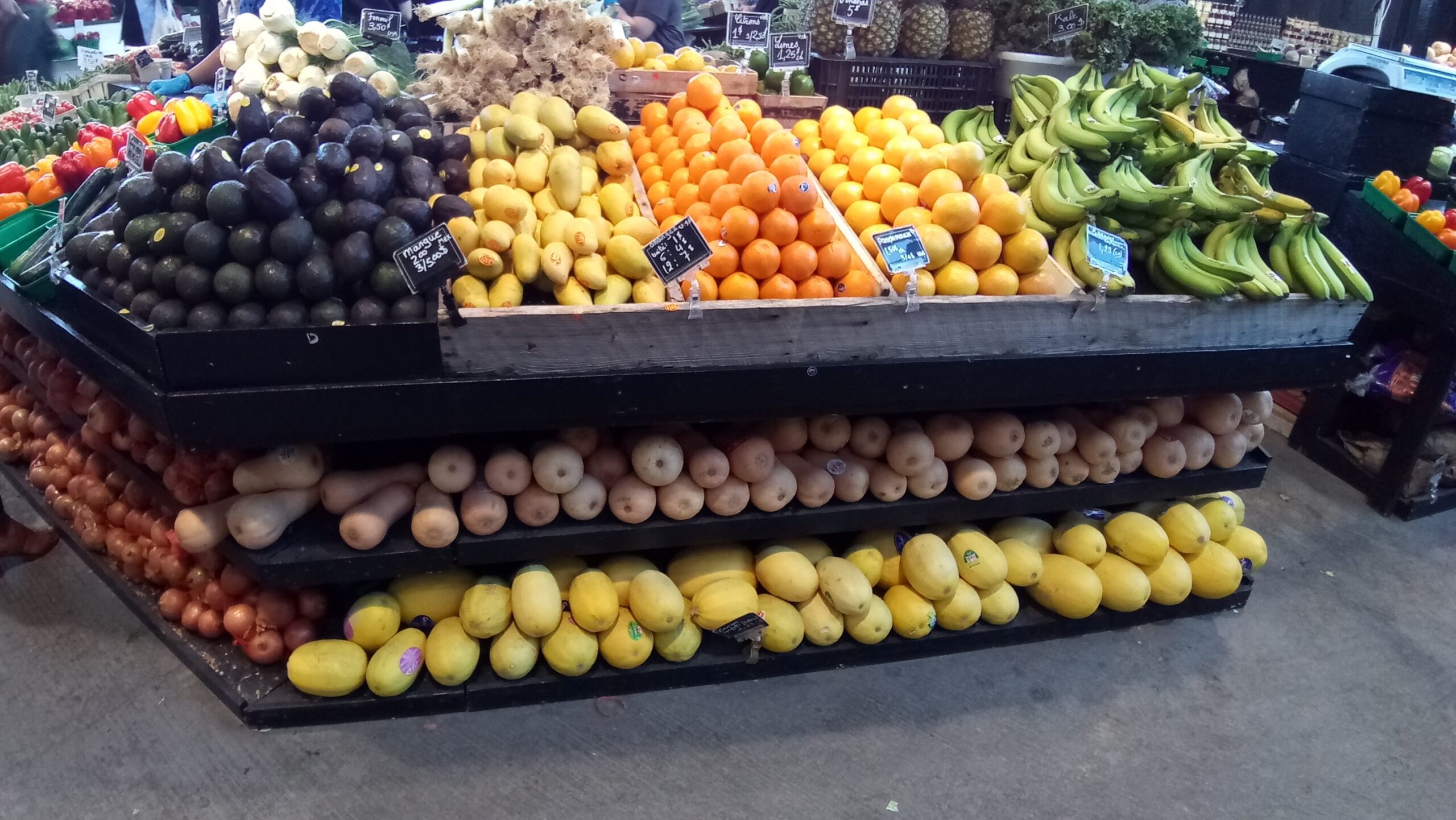
FAQ Section
Is a Vegan Diet Really Cheaper Than a Meat-Based Diet?
Yes! A vegan diet can save you hundreds of dollars annually by focusing on affordable staples.
Staples like beans, rice, and seasonal produce are cheaper than meat and dairy.
Avoiding processed foods and eating whole foods keeps costs low.
What Are the Cheapest Vegan Protein Sources?
Lentils, beans, tofu, and chickpeas are some of the most affordable and protein-rich vegan foods.
These staples are versatile and can be used in a variety of dishes.
Buying in bulk further reduces the cost of these protein sources.
How Can I Save Money on Plant-Based Milk?
Opt for store-brand soy or oat milk, or make your own at home.
DIY milk is a fraction of the cost and allows you to control the ingredients.
Look for sales and discounts on plant-based milks.
Are Frozen Fruits and Vegetables as Nutritious as Fresh?
Yes! Frozen produce is often flash-frozen at peak ripeness, retaining its nutrients.
Frozen fruits and vegetables are convenient and affordable.
Use them in smoothies, soups, and stir-fries for quick, nutritious meals.
What’s the Easiest Way to Start a Vegan Diet?
Start small by replacing one meal a day with a vegan option. Gradually increase the number of vegan meals as you get more comfortable. Focus on meals you already enjoy that happen to be vegan.
How Do I Find Vegan Options at Non-Vegan Restaurants?
Look for dishes that can be easily modified, like salads or pasta.
Ask for vegan modifications, like swapping cheese for avocado.
Use apps like HappyCow to find vegan-friendly restaurants.
Do I Need to Take Supplements on a Vegan Diet?
Vitamin B12 is essential, and a plant-based multivitamin can help cover any nutrient gaps.
Check with a healthcare provider to determine your specific needs.
Include fortified foods like plant-based milks and cereals in your diet.

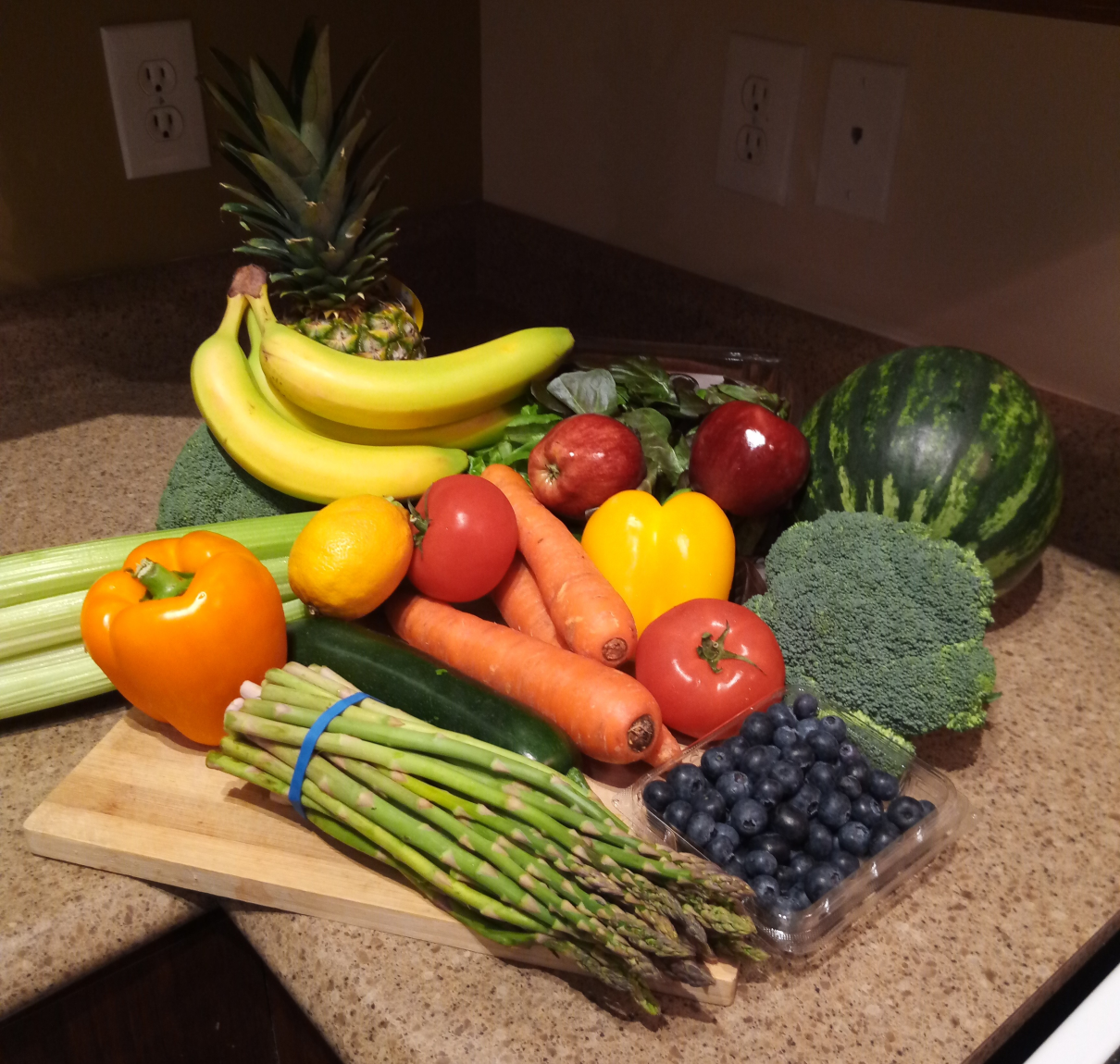

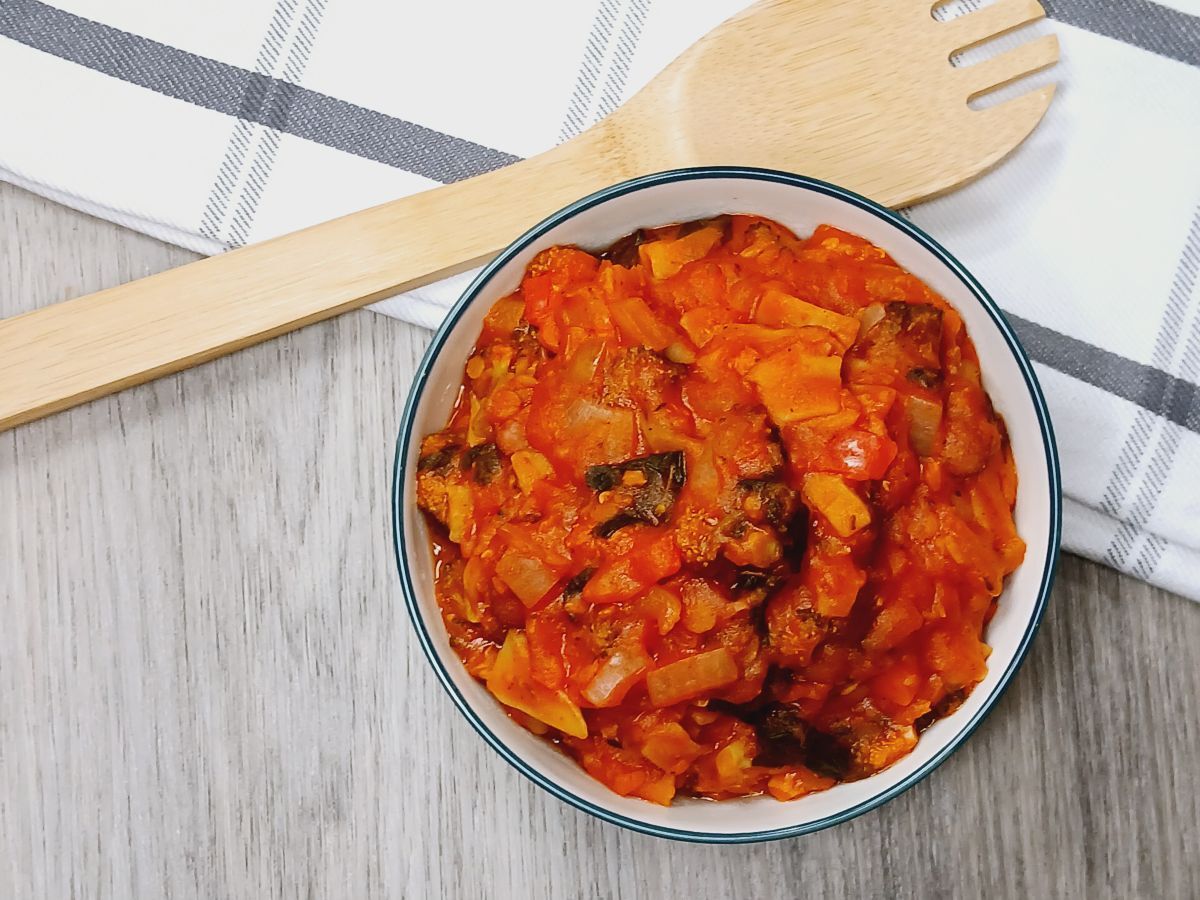

One response to “How to Save Money on a Vegan Diet in 2025: 13 Tips for Affordable Plant-Based Living”
[…] How to Save Money on a Vegan Diet in 2025: 13 Tips for Affordable Plant-Based Living […]